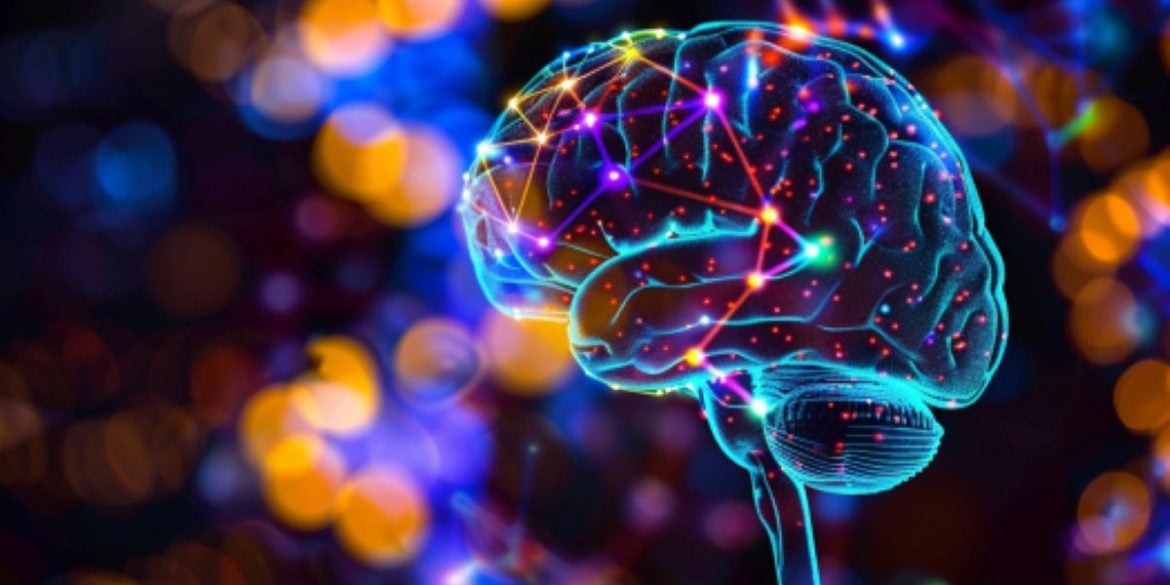Understanding Schizophrenia: Symptoms, Causes, and Treatment
 |
| Schizophrenia: Symptoms, Causes, and Treatment |
Schizophrenia is a severe mental health disorder that affects how a person thinks, feels, and behaves. Characterized by hallucinations, delusions, and disorganized thinking, schizophrenia often disrupts the ability to distinguish between what is real and what is not. Although it is a chronic condition, with proper treatment and support, many people with schizophrenia can manage their symptoms and lead meaningful lives.
This blog will explore the symptoms, causes, and treatment options for schizophrenia to help provide a better understanding of this complex disorder.
What Is Schizophrenia?
Schizophrenia is a serious mental illness that impacts the way a person interprets reality. People with schizophrenia may experience episodes where they lose touch with reality, known as psychosis. These episodes can include hallucinations, delusions, and significant cognitive disruptions. Schizophrenia typically develops in early adulthood, with men often exhibiting symptoms in their late teens to early twenties and women in their mid-twenties to early thirties.
 |
| Schizophrenia: Symptoms, Causes, and Treatment |
While the exact experience of schizophrenia can vary from person to person, the disorder can severely impact daily functioning, making it difficult to work, maintain relationships, or perform everyday activities without treatment.
Symptoms of Schizophrenia
Schizophrenia is typically classified by three categories of symptoms: positive, negative, and cognitive.
 |
| Schizophrenia: Symptoms, Causes, and Treatment |
Positive Symptoms: These are behaviors or thoughts that are not typically present in healthy individuals. Positive symptoms include:
- Hallucinations: Hearing, seeing, or feeling things that are not there. Auditory hallucinations, or hearing voices, are the most common type.
- Delusions: Strongly held beliefs that are false and often irrational. For example, someone might believe they are being followed or that they have extraordinary powers.
- Disorganized Thinking: This can manifest as incoherent speech or difficulty following logical trains of thought. Conversations may jump from one unrelated topic to another.
- Disorganized Behavior: This includes unpredictable or inappropriate actions, such as inappropriate emotional responses or difficulty performing everyday tasks.
Negative Symptoms: These refer to a reduction or absence of normal emotional and behavioral functions. Examples of negative symptoms include:
- Affective Flattening: Reduced expression of emotions, such as speaking in a monotonous voice or having little facial expression.
- Avolition: A lack of motivation to engage in activities or complete tasks, even those that are normally pleasurable.
- Anhedonia: Reduced ability to feel pleasure from activities that once brought joy.
- Social Withdrawal: Isolating oneself from others and losing interest in social interactions.
Cognitive Symptoms: These are symptoms that affect memory, attention, and decision-making. Cognitive symptoms are often more subtle but can be highly disabling. They include:
- Impaired Attention: Difficulty focusing on tasks or maintaining attention for extended periods.
- Memory Issues: Problems with working memory, or the ability to use information immediately after learning it.
- Poor Executive Function: Struggles with decision-making, planning, or understanding abstract concepts.
Causes of Schizophrenia
 |
| Schizophrenia: Symptoms, Causes, and Treatment |
The exact cause of schizophrenia is unknown, but researchers believe it is the result of a complex interplay of genetic, biological, and environmental factors.
Genetics: Schizophrenia tends to run in families, which suggests a genetic component. If a close relative, such as a parent or sibling, has schizophrenia, the risk of developing the condition increases. However, genetics alone do not determine whether a person will develop schizophrenia, indicating other factors are at play.
Brain Chemistry and Structure: Abnormalities in brain structure, such as enlarged ventricles and reduced gray matter, have been observed in individuals with schizophrenia. Neurotransmitter imbalances, particularly involving dopamine and glutamate, also play a role in the development of the disorder. Dysregulated dopamine activity, for example, is associated with many of the hallucinations and delusions in schizophrenia.
Environmental Factors: Certain environmental influences may trigger the onset of schizophrenia in people who are genetically predisposed. These include prenatal exposure to infections, malnutrition during pregnancy, or complications during birth. Stressful life events or trauma can also contribute to the onset of symptoms in vulnerable individuals.
Substance Abuse: Some studies suggest that heavy use of drugs, especially during adolescence, such as marijuana or stimulants, can increase the risk of schizophrenia in those with genetic predispositions. Substance abuse can also exacerbate symptoms in individuals who already have schizophrenia.
Diagnosis and Treatment of Schizophrenia
| Schizophrenia: Symptoms, Causes, and Treatment |
Diagnosing schizophrenia can be challenging because its symptoms overlap with other mental health conditions. A mental health professional, typically a psychiatrist, will conduct a thorough evaluation, which may include medical history, psychological assessments, and interviews with the patient and their family. Diagnosis is generally based on the presence of symptoms for at least six months, with at least one month of active symptoms.
Once diagnosed, schizophrenia requires lifelong management, but treatment can help control symptoms and improve quality of life. The most common forms of treatment include:
Antipsychotic Medications: These medications are the cornerstone of schizophrenia treatment. They work by altering the brain’s chemical balance to reduce symptoms such as hallucinations, delusions, and disorganized thinking. While effective, antipsychotics can have side effects, including weight gain, drowsiness, and movement disorders, so finding the right medication and dosage may take time.
Psychotherapy: Psychotherapy, especially cognitive behavioral therapy (CBT), can help individuals manage symptoms, challenge delusional thinking, and improve functioning. Therapy also addresses social skills, emotion regulation, and coping mechanisms.
Rehabilitation and Support Programs: Programs that help with vocational training, social skills development, and independent living skills are essential for individuals with schizophrenia. Support groups and community-based services can provide the social support necessary for improving the individual's ability to function in daily life.
Family Support and Education: Family therapy and psychoeducation programs can help family members better understand schizophrenia, allowing them to support their loved one more effectively. This can also reduce the strain on family relationships caused by the illness.
Hospitalization: In severe cases, especially during acute psychotic episodes, hospitalization may be necessary to ensure the individual’s safety and provide intensive treatment.
 |
| Schizophrenia: Symptoms, Causes, and Treatment |
Schizophrenia is a complex and challenging mental health condition that affects many aspects of a person’s life. However, with proper treatment, support, and early intervention, individuals with schizophrenia can manage their symptoms and lead fulfilling lives. Medications, therapy, and lifestyle changes all play important roles in the successful management of this disorder. If you or someone you know is experiencing symptoms of schizophrenia, it’s crucial to seek professional help early on for the best chance of recovery and long-term stability.
 |
| Schizophrenia: Symptoms, Causes, and Treatment |
Comments
Post a Comment